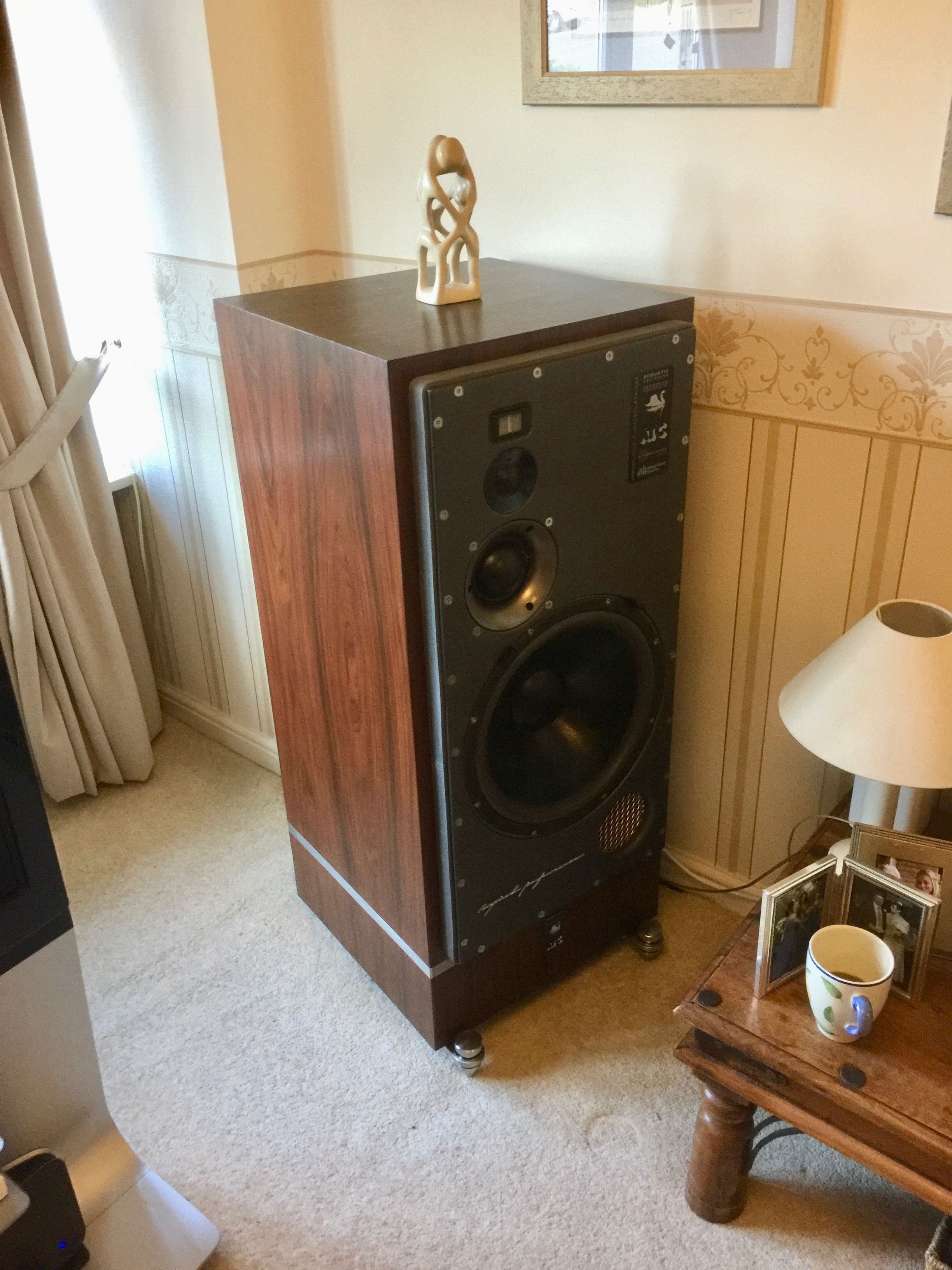studioman
Member
Can anyone helpmeet with some advice about veneering please.
I have done plenty of woodwork before but relatively little veneering.
I am making some MDF loudspeaker cabinets and have some engineered paper backed veneer to apply afterwards. The veneer also needs to be stained darker and top coated, maybe sprayed with acrylic or polyurethane.
However, 20cm from the base of this cabinet I need to apply a band of different material, 22mm wide, all the way around the cabinets. The 22mm band is a roll of edging tape a bit like contiplas edging, which has a plastic base, a very thin layer of real stainless steel, and a clear plastic top finish. On the reverse is a heat sensitive self adhesive backing. I suspect that if I get any stain on the band, it will discolour it, and I don't want that.
My questions are:
1.
Should I fix the band first and then apply the veneer up to it?
OR
Apply the veneer with a 22mm gap and apply the band afterwards. How do I do this accurately enough?
Thank you!
I have done plenty of woodwork before but relatively little veneering.
I am making some MDF loudspeaker cabinets and have some engineered paper backed veneer to apply afterwards. The veneer also needs to be stained darker and top coated, maybe sprayed with acrylic or polyurethane.
However, 20cm from the base of this cabinet I need to apply a band of different material, 22mm wide, all the way around the cabinets. The 22mm band is a roll of edging tape a bit like contiplas edging, which has a plastic base, a very thin layer of real stainless steel, and a clear plastic top finish. On the reverse is a heat sensitive self adhesive backing. I suspect that if I get any stain on the band, it will discolour it, and I don't want that.
My questions are:
1.
Should I fix the band first and then apply the veneer up to it?
OR
Apply the veneer with a 22mm gap and apply the band afterwards. How do I do this accurately enough?
Thank you!





